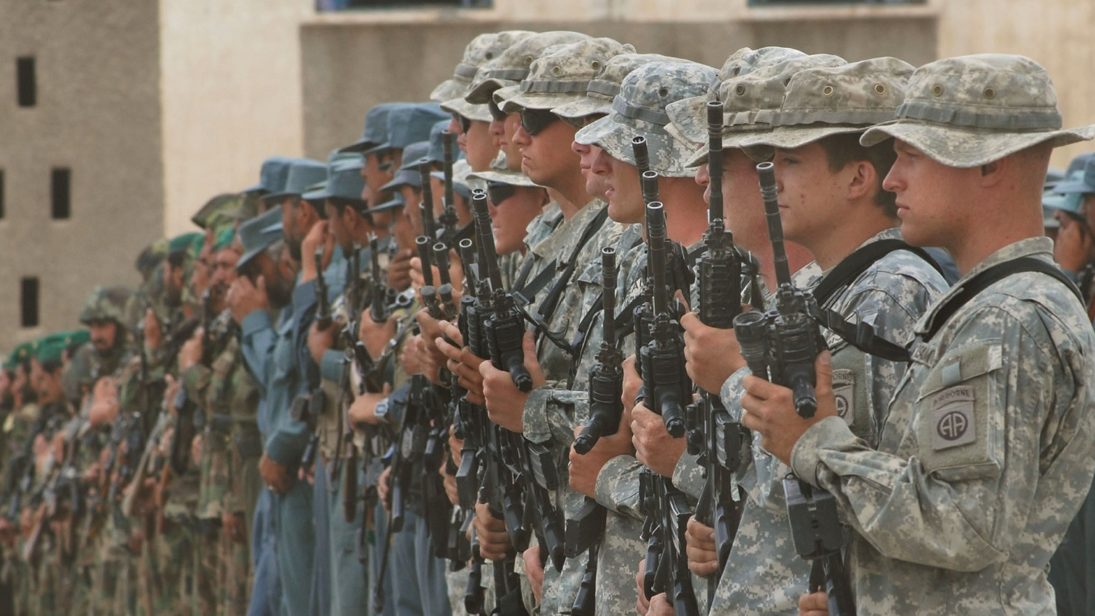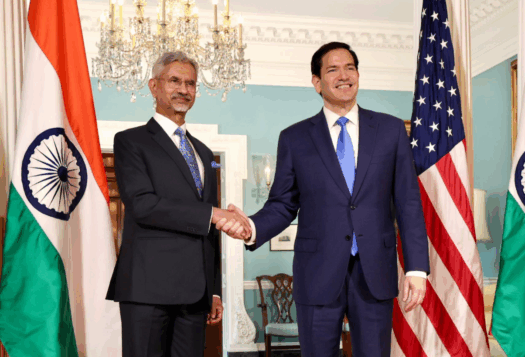
The Trump administration’s review of U.S. policy towards Afghanistan is likely to conclude in the next few weeks. It is expected that an assessment of the current U.S. security policy toward Kabul will see Washington employing a much tougher approach towards Pakistan. A number of recent statements and actions indicate that Trump is likely to use a range of measures, including a decrease in economic and military assistance to Pakistan, in an effort to put pressure on Islamabad to change its regional security policy. It is widely believed in Washington that Islamabad continues to make distinctions between good and bad militants. As a result, Pakistan’s support of certain militants is assumed to be one of the key reasons that the United States has failed to restore peace and stability in Afghanistan.
While Pakistan may not have relinquished its policy of making distinctions between good and bad militants, Islamabad cannot be entirely held responsible for Afghanistan’s own failures to effectively push back against growing militancy in the country. Irrespective of Pakistan’s support, Washington should not expect to make any broad gains in the country unless Afghanistan’s ruling elite, the army, and the state bureaucracy form a unified and effective platform against domestic militancy.
Kabul’s Downward Trajectory
The Afghan National Army (ANA) remains ineffective in the areas of counterinsurgency and counterterrorism. The Afghan military’s ranks are highly politicized and the institution doesn’t reflect a unified, impartial, disciplined and adequately-trained force to take on the rapidly evolving security challenges. While most of the Afghan military force has been trained by the United States, the troops continue to perform poorly on the battlefield, largely due to the existing ethnic polarization, corruption, high rates of desertions and drug addiction, which are widespread within the ranks of the military. In 2015 alone, the Afghan army had to replace “about a third of its roughly 170,000 soldiers” due to desertions and low-enlistment rates, which means a large number of fresh recruits were sought whose training remains a challenge.
There is evidence to suggest that some members of the Afghan security forces have collaborated with the Taliban. There have been reports that Afghan security forces have at times leaked weapons and sold checkpoints to the Taliban. Further, it would appear that it is the Afghan Taliban which has better intelligence collection apparatus than Afghan forces, as the former continues to carry out brutal attacks in the heart of the country without much semblance of resistance from the latter.
Even after investing over $70 billion in Afghan security forces from 2002 to 2016, Washington appears to remain as occupied in the country as it was at any time in the past. One of the arguments which offered legitimacy to the 2014 drawdown of U.S. and NATO forces was the narrative that Afghan security forces were ready to take on the country’s military challenge on their own. Clearly, such claims have fallen flat: Afghan security forces have gradually lost territory to the Taliban, which controls or contests nearly 40 percent of the country’s territory. In this context, the potential rise of the Islamic State in the country is only going to make the challenge more difficult for the local security forces that remain bitterly inefficient, divided, and corrupt.

Moreover, the Afghan government remains weak as regional warlords exercise their influence free from any central government control. During the past two years, Ghani has found himself running from one crisis to another. It’s clear that the Afghan government has been unable to extend its authority beyond Kabul into the hinterlands. Moreover, the recent wave of violence in the country that triggered mass protests has put the legitimacy of the government into question.
Ghani’s weak national unity government has been unable to patch up the country’s diverse and competing ethnic divides. A number of lawmakers that are part of Ghani’s government are either former warlords or reflect the interests of different ethnic groups. The government of President Ashraf Ghani is marred with corruption and remains fragmented on ethnic lines with tribal affiliations and loyalties undermining civil institutions and any semblance of democracy. Arguably, Ghani’s welcoming of Gulbuddin Hekmatyar, an infamous Islamist warlord, into the country’ political fold has only complicated Afghanistan’s ethnic divides. Hailing from the country’s Pashtun community that resides mostly in northeastern Afghanistan, he has always been seen as a leader who fought to preserve his community’s supremacy in Kabul.
Conclusion
In the midst of growing political, governance, and security challenges domestically, Ghani’s government in Afghanistan cannot continue to blame Pakistan to hide its own failures. Moreover, Afghanistan cannot continue to rely on foreign funding to support its military and economy for long.
While Trump may be considering sending more troops to Afghanistan, deploying more military force to the country without effective strategy will not bring peace to the country. U.S. policy towards Afghanistan needs to push elites toward addressing the exponentially growing corruption culture within the Afghan armed forces and sorting out deepening ethnic and political differences that continue to polarize the country. Trump’s foreign policy team also needs to carry out a strategic review of Afghanistan’s own contribution and commitment toward tackling militancy in the country and whether any changes are needed to enhance the role of Afghan political elites in this regard. Rather than eagerly deploying an already faulty and failed policy of increasing troop presence in Afghanistan, U.S. policy towards Afghanistan should utilize both carrots and sticks, including threats of pulling out all troops from the country if reforms in the country’s security, governance, and economic sectors are not introduced by the Afghan government. Moreover, economic aid should be closely tied to measurable progress toward effective counterterrorism response of the Afghan forces.
There is hope that if circumstances that offer effective resistance to militant networks in the country, root out corruption, and implement accountability are created, Pakistan’s alleged assistance to Afghan Taliban would also stumble. While patching up political and ethnic divides remains an uphill task, there are no shortcuts that can be used to achieve peace in the country. Political leadership in Afghanistan needs to realize that it won’t be long before the Taliban come back if radical reforms in political and security structures are not introduced and corruption is not purged from the country.
***
Image 1: U.S. Navy Photo from Petty Officer First Class David M. Votroubek via Flickr (cropped)
Image 2: Mikhail Svetlov via Getty Images.


